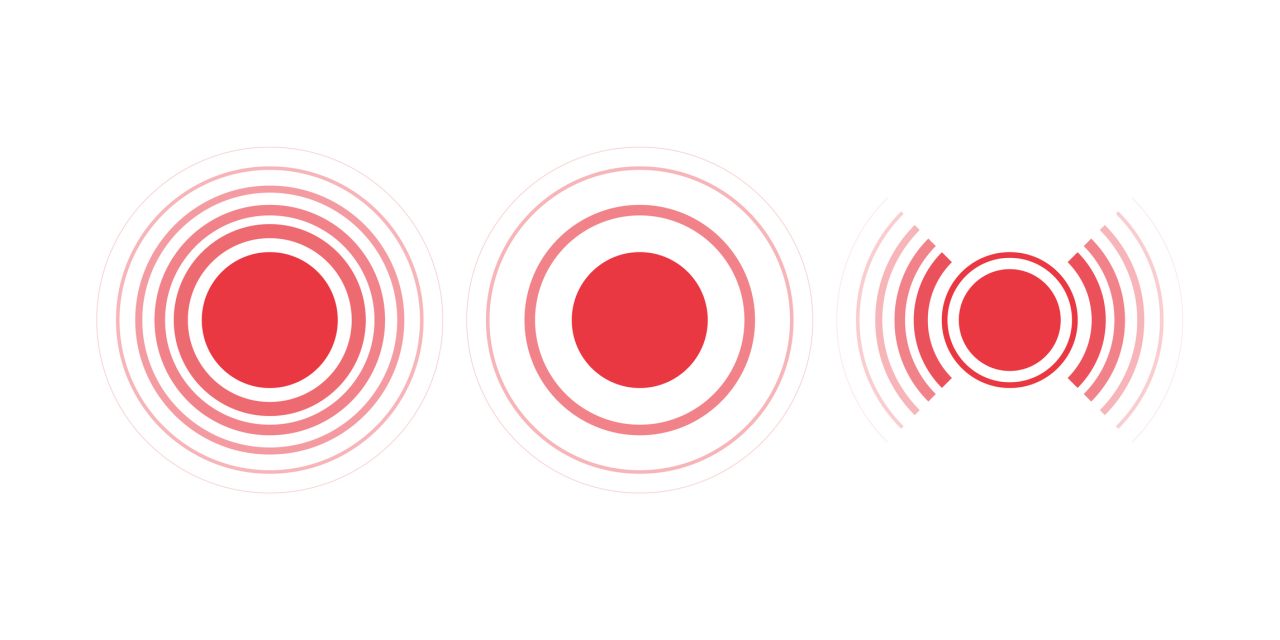To define the incidence and outcome of acute kidney injury (AKI) in pediatrics using data collected from a national electronic alert system.
A prospective national cohort study was undertaken to collect data on all cases of pediatric AKI, excluding neonates, identified by an e-alert, from April 2015 to March 2019.
There were 2472 alerts in a total of 1719 patients, giving an incidence of 77.3 per 100 000 person-years. Of the patients, 84.2% of all AKI were stage 1 and 58.3% occurred with a triggering creatinine within the reference range. The incidence of AKI was associated with measures of social deprivation. Thirty-day mortality was 1.7% but was significantly higher in hospital-acquired AKI (2.1%), compared with community-acquired AKI (0.8%, P < .001) and was associated with the severity of AKI at presentation. A significant proportion of patients had no repeat measure of creatinine (39.8%). This was higher in community-acquired AKI (69.7%) compared with hospital-acquired AKI (43.0%, P < .001), and higher in patients alerting with patients triggering with a creatinine within the reference range (48.4% vs 24.5%, P < .001). The majority of patients (84.7%) experienced only 1 AKI episode. Repeated episodes of AKI were associated with increased 30-mortaltiy (11.6% vs 4.6%, P < .001) and higher residual renal impairment (13.3% vs 5.4%, P < .001).
The results suggest that the significance of the alert is missed in many cases reflecting that a large proportion of cases represent modest elevations in serum creatinine (SCr), triggered by a SCr level that may be interpreted as being normal despite a significant increase from the baseline for the patient.
Copyright © 2019 Elsevier Inc. All rights reserved.
Acute Kidney Injury in Children Based on Electronic Alerts.


